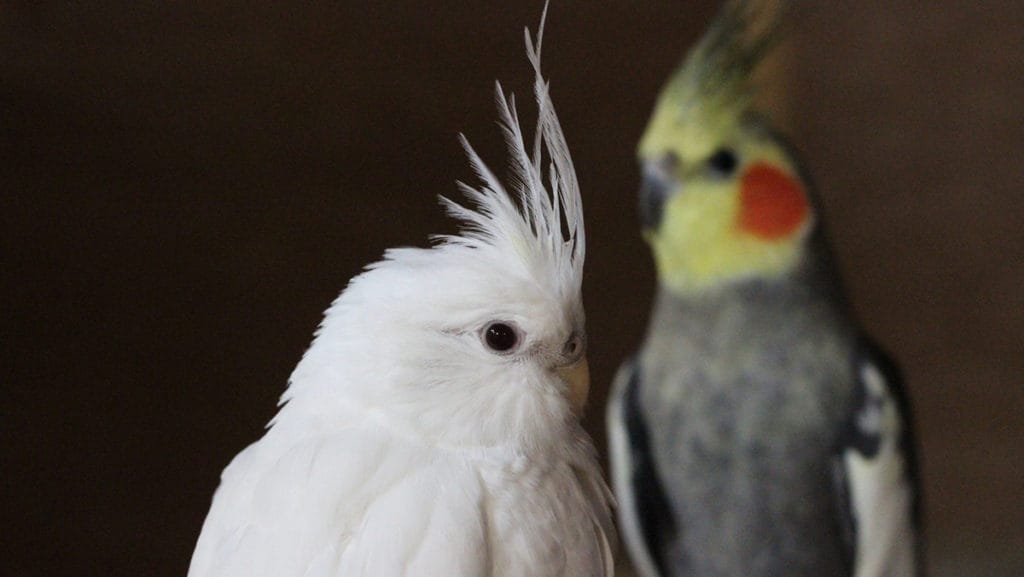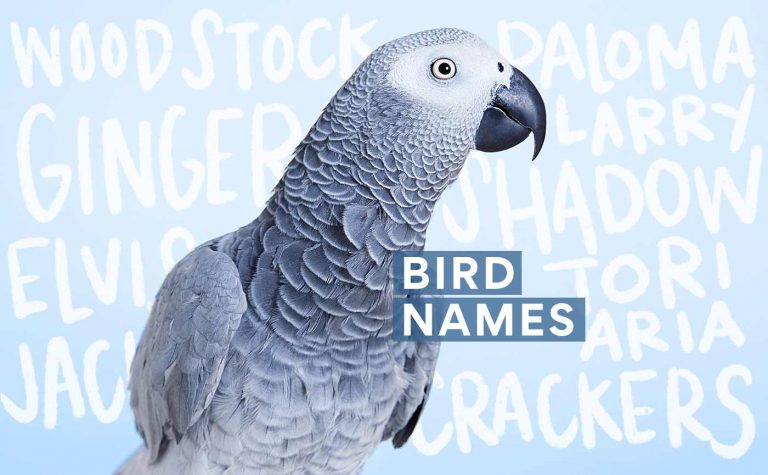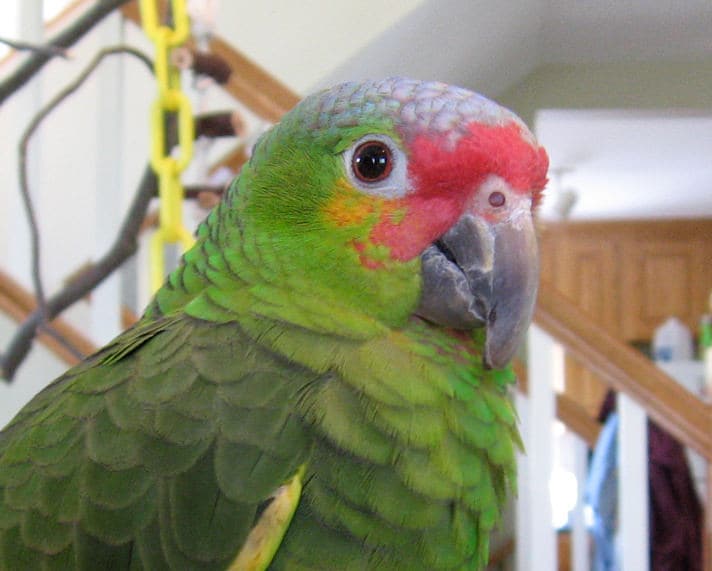Cockatiels are one of America’s favorite pet bird and for good reason. They’re friendly, affectionate, and can form close bonds with their pet parents. In fact, according to Byron J.S. de la Navarre, DVM at the Animal House of Chicago, cockatiels, especially those that are hand reared, are happy to be the only bird in the household and relate so well to their human companions, they seem to forget they’re birds at all. But say you want to expand your flock and add another cockatiel to your family. How can you introduce your current cockatiel cohabitant to the new addition without ruffling too many feathers? Here are some tips to help.
Be Prepared to Share
Cockatiels are flock animals and will bond with each other, leaving you feeling less like a feathered friend and more like a the third wheel.
“When they are caged together, cockatiels, even those raised by humans, begin to realize, ‘oh, I’m a bird now,’ and people who may have enjoyed a bond with them tend to lose some of that,” de la Navarre says.
So as long as you’re good with that dynamic, you’re ready to start finding a new roommate for your cockatiel.
Male or Female?
Unless you want your home to turn into a hatchery, you may want your new cockatiel to be the same sex as your current bird or they will breed. Females produce a lot of eggs, de la Navarre says, and can lay anywhere from three to twelve eggs or more a month. In fact, because they produce so many eggs, females can be at risk of losing calcium and protein which can cause osteoporosis, weakness and other health issues, so be sure to let your veterinarian know if you have concerns, de la Navarre advises.
Generally, cockatiels of the same sex tend to get along and can be happily housed together, although more alpha-type males may squawk in a show of dominance, he says. But despite the birds’ good nature, it is a best practice to make introductions on neutral territory.
New Friends, Neutral Territory
To properly introduce your new bird to your current cockatiel, de la Navarre offers the following tips:
1. Make sure the new bird has been checked for diseases and parasites.
2. House the birds in separate bird cages and place them side by side so the birds can see one another. Watch how they interact from inside their separate cages.
Try small cages like the Prevue Pet Products Small Bird Flight Cage which features a large front door, removable plastic pan for easy cleaning, two plastic feeding cups and two wood perches. Or the MidWest Poquito Avian Hotel Bird Cage, which features all the comforts of a regular cage along with a slide-out tray that can be used as an out-of-cage play area and a perch/carry handle. If they squawk, puff up their feathers or show other signs of aggression, take a break and try again. Entice the birds to interact with a play station like the Penn-Plax Cockatiels and Medium Birds Wood Playpen and house them in separate cages at night. Incorporate cockatiel bird food and treats like Kaytee Natural Spray Millet Bird Treats or Vitakraft Super Fruit Cocktail Parrot & Cockatiel Treats so the birds will form positive associations.
3. If they do get along, try opening the cage doors and allow the cockatiels to interact.
“They may choose which cage they want to hang out in together,” de la Navarre says.
4. If one of the cockatiels starts squawking and displays possessive behavior, try a larger cage and provide two separate feeding stations and different toys to dissuade competition. Try the Hartz Feather Frenzy Medium Bird Toy made of sisal twine and colorful wooden blocks or the Super Bird Creations Crinkle Crinkle Little Star Bird Toy which features colorful crinkle shred, plastic pony beads and a bell.
Cockatiels are wonderful companions with sweet dispositions, but de la Navarre warns, the traits that make these birds so popular also make them “contagious.”
“Go slowly (when adding cockatiels to your family),” he says. “Realize one cockatiel can make some noise. Two are twice the noise and twice the care. That care adds up as do the veterinarian bills, so consider the responsibility involved.”
That includes considering where you live, the distance between you and your neighbors and their noise tolerance. Because as de la Navarre says, a lot of cockatiels means “lots of decibels.”

Chris Brownlow has been writing about pets for over 10 years. As a writer who believes in immersing herself in her topic, she has tasted more than 20 different flavors of dog and cat food while working on an advertising campaign for PetSmart. Prior to her pet days, Chris was a print and digital journalist at The Tampa Tribune and The Virginian-Pilot.
Featured Image: Via iStock.com/SailsKool
Share:
















